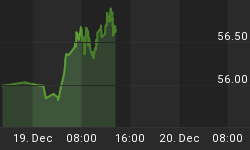Figure 1 is a weekly chart of the i-Shares Silver Trust (symbol: SLV).
The pink labeled price bars are negative divergence bars. The divergence is between an oscillator indicator (called value charts) and price. (Of note, there is nothing unique about value charts as an oscillator other than I can program with it; as a matter of record, this is the same oscillator I use in all my charts.) As I have shown on numerous times, the presence of negative divergences tend to suggest slowing upside momentum, but they do not guarantee a market top. However, what we do know is that they tend to occur late in a bull run, and clusters of negative divergences are highly suggestive of a market top.
Figure 1. SLV/ weekly
If you don't believe me, check out this article from November 16, 2009: "Just Sell Something, Please!!" and this article from December 1, 2009: "Have You Sold Anything Yet?." This pattern of a clustering of negative divergences showed up in the equity markets back in November, 2009. It also showed up in long term Treasury yields only 8 short weeks ago prior to an 15% drop in yields. It also showed up in copper back in January, 2010. The pattern is repeatable enough across multi markets that it is noteworthy.
So let's return to figure 1 our weekly chart of SLV. The indicator below the price graph counts the number of divergences over a given time period, and since the first cluster showed up in October, 2009, SLV really hasn't done a whole lot. Now we have another cluster, and I cannot see SLV moving significantly, and in all likelihood based upon this pattern, there is a strong possibility of a market top.
Over the last 35 years looking at a continuous contract of silver, we note 2 other instances of this pattern occurring. The first was in 1993, when this pattern marked a high (give or take a few percent) in silver that lasted for over 10 years. Prior to that the pattern showed up in late 1978 and silver went 10% higher over the next 8 months before exploding higher in 1980.















